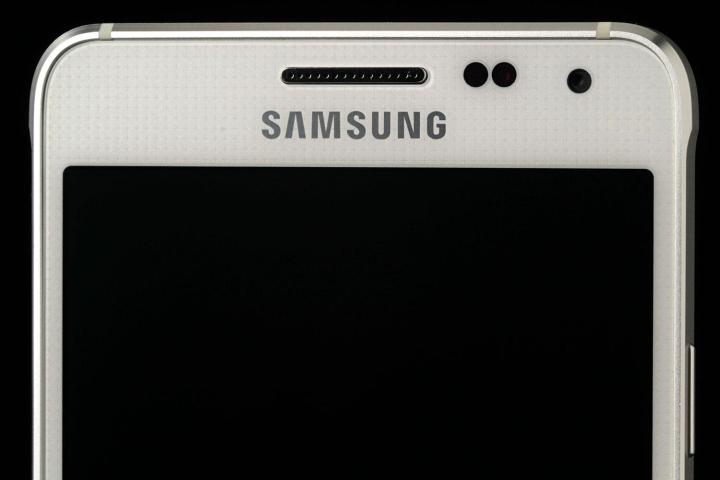
While we learned last week that Samsung is looking to focus on its curved touchscreen technology to boost the desirability of some of its high-end handsets, it’s now been revealed it’s also planning to drastically scale back the number of smartphone models it offers consumers in 2015.
Robert Yi, Samsung’s head of investor relations, told the Wall Street Journal this week that his company will reduce the number of handset types by as much as 30 percent in a bid to cut costs and boost profits.
It’s not currently clear if this means it’ll bring fewer new models to market, or simply cull low-selling devices, but as pointed out by the Journal, having fewer handsets will enable the Korean firm to operate its inventory and supply chains in a more efficient manner.
The Seoul-based company has for several years been pushing onto the market a huge array of smartphone models, in many cases variants of its popular handsets, though it now looks set to adopt a new approach.
While Samsung is still the world’s top smartphone brand, the tech firm has more recently been fighting off strong competition from relatively new companies such as China-based Xiaomi, which has been enjoying huge success with reasonably priced handsets in its home country.
Samsung’s latest financial figures were a real wake-up call for the firm, though a new smartphone strategy for 2015 looks set to invigorate its mobile arm and challenge rivals at both ends of the market.


